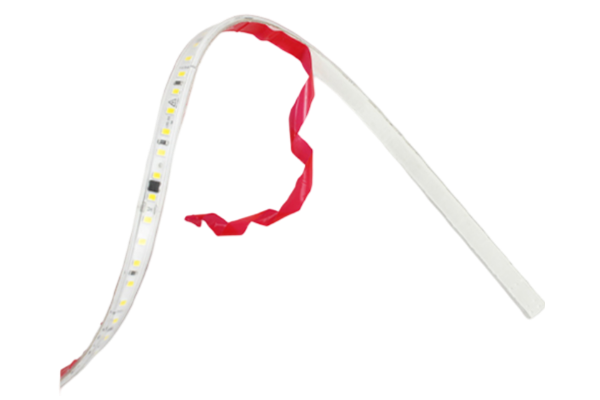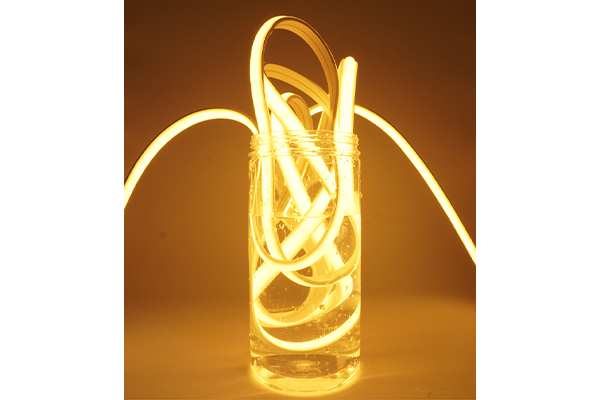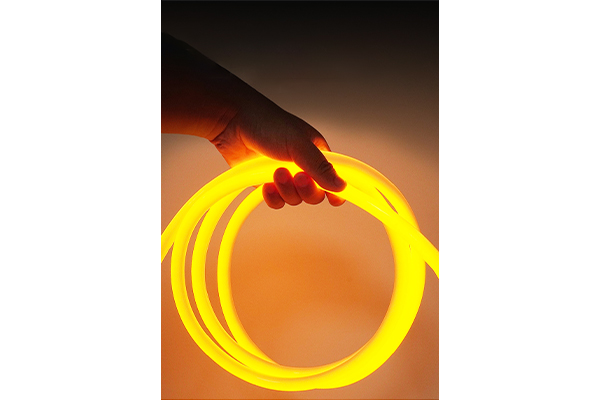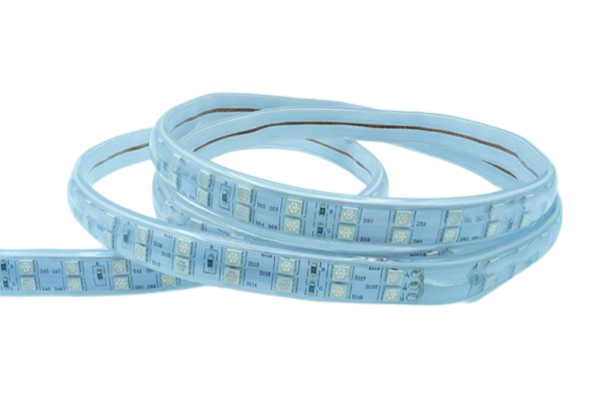How to use low voltage soft light strip and controller together?
Release Time : 2025-05-22
To use low voltage soft light strip with controller, you need to understand the basic principle of their cooperation. Low voltage soft light strip relies on DC low voltage power supply, which can only realize basic lighting. The role of the controller is to receive signals and convert them into electrical signal instructions, adjust the current and voltage of the light strip, and realize various functions such as dimming and color adjustment. Only by cooperating with each other can the light strip present appropriate lighting effects according to different scene requirements and build a complete lighting system.
Choosing a suitable controller is the key first step in matching. There are various types of controllers on the market, and each has its own focus. The monochrome controller is easy to operate and is suitable for scenes that only need to adjust the brightness and have no special requirements for color, such as ordinary corridor lighting; the RGB controller can adjust the three primary colors of red, green and blue to mix rich colors, which is often used in occasions with strong decorativeness, such as creating a festive atmosphere; the RGBW controller adds a white channel on the basis of RGB, which can not only realize colorful changes, but also accurately adjust the color temperature of white light, taking into account both lighting and atmosphere, and is suitable for living rooms, bedrooms and other home spaces. When selecting, be sure to ensure that the power of the controller can match the power of the light strip to avoid equipment damage due to power mismatch.
When connecting a low voltage soft light strip to a controller, you must follow the standard steps. Be sure to disconnect the power supply before operation to ensure safety. When connecting, connect the wires at the end of the light strip to the output end of the controller accordingly. Pay special attention to distinguishing the positive and negative poles. Reverse connection may burn the components. After the connection is completed, fix the controller in a ventilated, dry and easy-to-operate place, such as hiding it on the back of furniture or in the ceiling. Then connect the input end of the controller to the power adapter, and the signal receiving end to the remote control or smart gateway. If you use smart APP control, you must also ensure that the controller and the mobile phone are in the same network environment, and complete the pairing according to the instructions so that the controller can successfully receive the control signal.
Setting the controller function can give full play to the effect of the light strip. Taking the smart controller as an example, the basic dimming function can adjust the light brightness from dark to bright freely through the remote control or APP to meet the lighting needs of different time periods, such as adjusting to a soft brightness in the early morning and brightening it when reading at night. The color adjustment function allows the light strip to present any desired color, whether it is romantic purple, warm orange, or fresh blue, it can be achieved with one click. In dynamic mode, the light strip can also achieve breathing, gradient, flashing and other effects, adding a unique atmosphere to the space. In addition, the smart controller also supports grouping and linkage, dividing the light strips in multiple areas into groups, setting different modes respectively, and even linking with devices such as door and window sensors to achieve intelligent scene control.
Different usage scenarios have different matching strategies for low voltage soft light strip and controller. In the home environment, the TV background wall in the living room can be matched with the light strip with the RGBW controller, and the viewing mode and party mode can be set through the mobile phone APP; the bedroom uses a monochrome controller with the light strip, and with the help of the timing function, it can automatically dim before going to bed and automatically brighten in the morning. In the commercial space, the fitting room of the clothing store uses RGB controllers to facilitate the staff to switch different color temperature lights to better display the clothing effect; the restaurant uses smart controllers to change the color of the light strip with the dining time or customer needs. In the outdoor scene, the courtyard trail light strip is matched with a waterproof controller, and the color is changed by the remote control. The balcony green plant wall light strip uses a light-sensitive controller to automatically adjust the brightness according to the light intensity.
It is inevitable to encounter problems during use, and it is important to master the troubleshooting method. If the light strip does not light up, check whether the power adapter is powered, whether the controller wiring is loose, and whether the network connection of the smart controller is normal. If the color of the light strip is abnormal, such as the flashing of a single-color light strip or the lack of a certain color of the RGB light strip, it may be a wiring problem or a controller failure, which needs to be checked and repaired one by one. When the controller fails, such as the remote control does not respond or the APP cannot be controlled, you must first replace the remote control battery, check the signal reception, or try to restart the controller and update the software. If the controller is seriously heated, it may be power overload or poor heat dissipation. It is necessary to adjust the number of light strip connections or improve the heat dissipation conditions in time.
Daily maintenance can extend the service life of low voltage soft light strip and controller. Wipe the controller with a dry cloth regularly to clean the surface dust to prevent dust accumulation from affecting performance; check whether the waterproof parts of the outdoor controller are aging and replace them in time. Do not frequently plug and unplug the connection wires between the controller and the light strip and power supply unless necessary to avoid loosening and oxidation of the interface. In thunderstorms, it is best to disconnect the power supply of the outdoor controller and do a good job of lightning protection. Smart controllers should pay attention to whether there are software upgrade prompts, and update them in time to optimize functions and improve stability to ensure that both are always in good working condition.







